Best Clarinet Maintenance Tips for 2026 - Practical Guide
Unleash the full potential of your clarinet with our exclusive care guide. Elevate your playing with tips that ensure your instrument remains in perfect condition.
Clarinets are delicate instruments that require regular maintenance to ensure optimal performance and longevity. By following a few simple steps, you can keep your clarinet in excellent condition for years to come. In this article, we will explore various aspects of clarinet maintenance, including temperature control, oiling, silver plating, greasing, and pad care.
How to Clean the Clarinet After Playing?
1 Remove the reed, ligature and mouthpiece from the clarinet
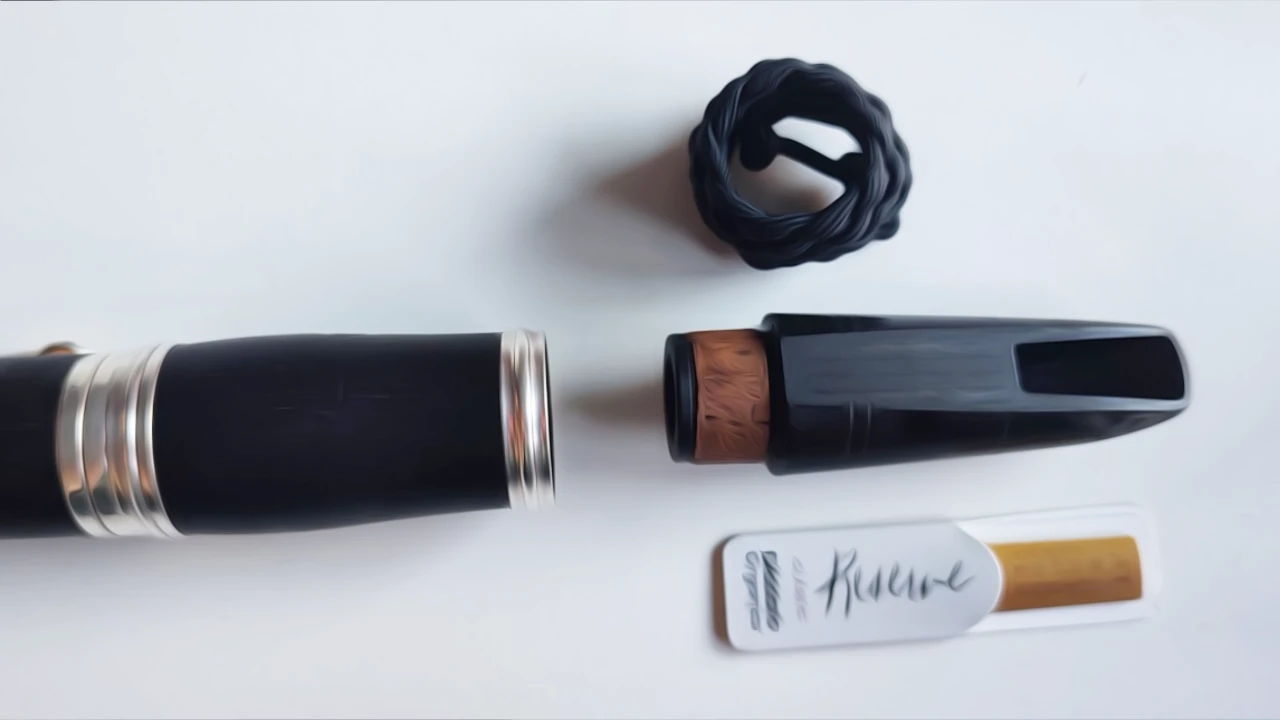
Mouthpieces and reeds require some extra care. That's why I start by disassembling this one first. Remove the reed and wipe the underside with a cloth before putting it back in the case. Your T-shirt or jeans are totally fine for that. This way, you can prevent the build-up of any mold. Avoid using a greasy swab, as it can affect the playability of the reed. Clean your mouthpiece with a microfiber cloth and be gentle with it.
2 Insert the swab in the bell and pull it through the instrument once or twice
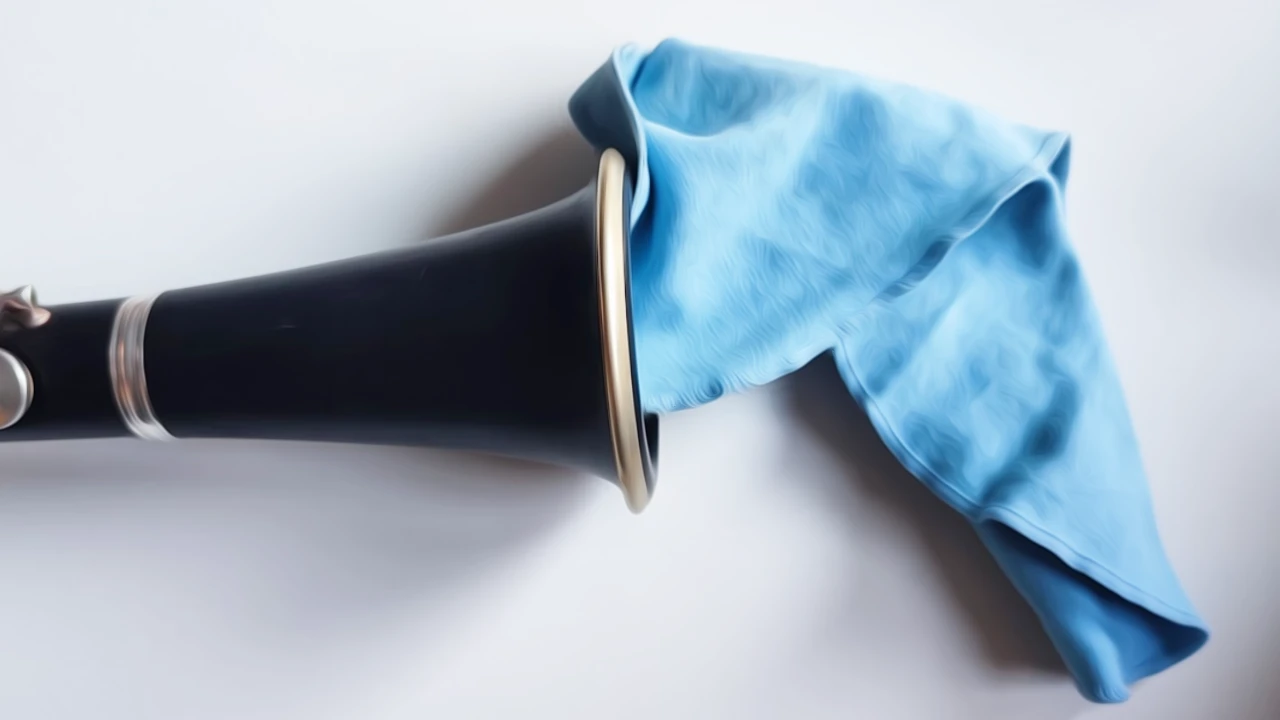
After each playing session, it is important to swab the clarinet to remove moisture from the interior. It is crucial to prevent the wood from absorbing excessive moisture, which can lead to warping or cracking. It is also important to swab the clarinet if you play for an extended period (20-30 minutes).
Keep your swab clean by hand-washing it regularly, allow it to air dry.
3 If there is water under the pads, remove it with a cleaning paper or cigarette Paper
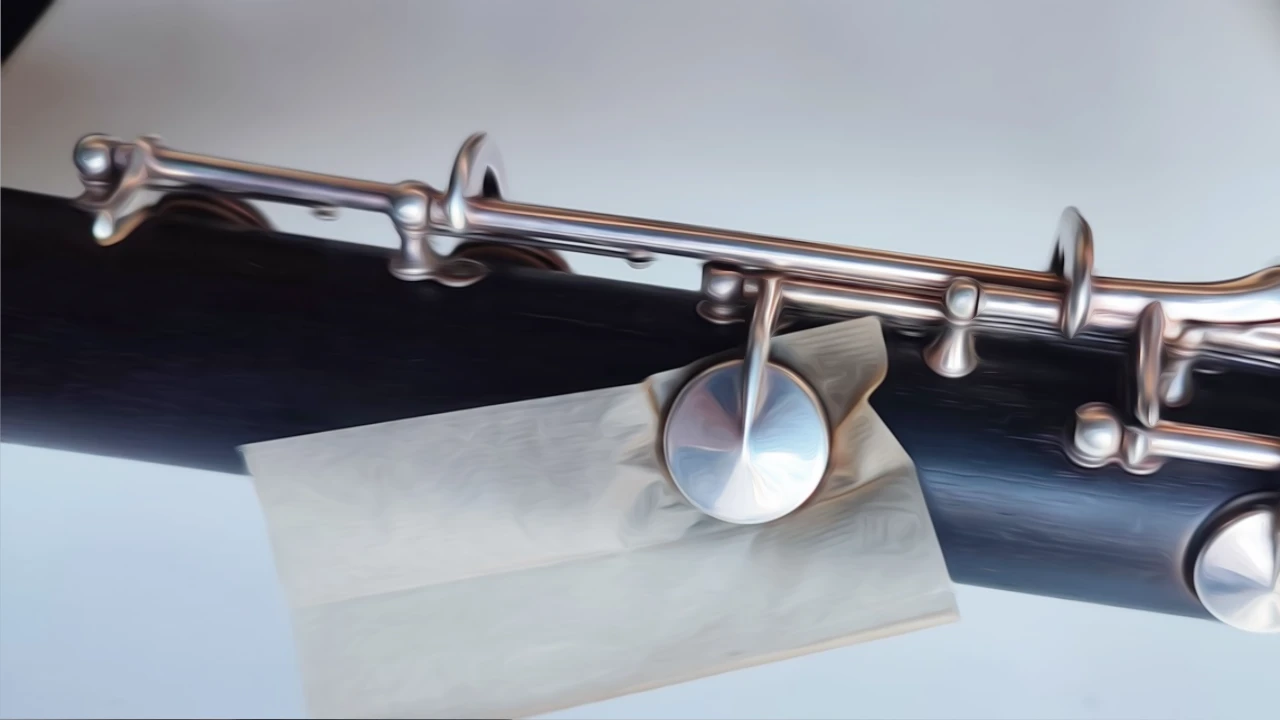
The pads on a clarinet are essential for sealing the tone holes, and they can become worn or damaged over time. Regularly inspect the condition of the pads and look for signs of wear, such as leaks or discoloration. To clean the pads, use a specialized pad cleaning paper. Gently slide the paper between the pads, removing any dirt or moisture that may have accumulated. Additionally, avoid touching the pads with greasy or dirty hands, as this can affect their performance.
4 Disassemble everything and remove any excess moisture from the tenons with your cloth
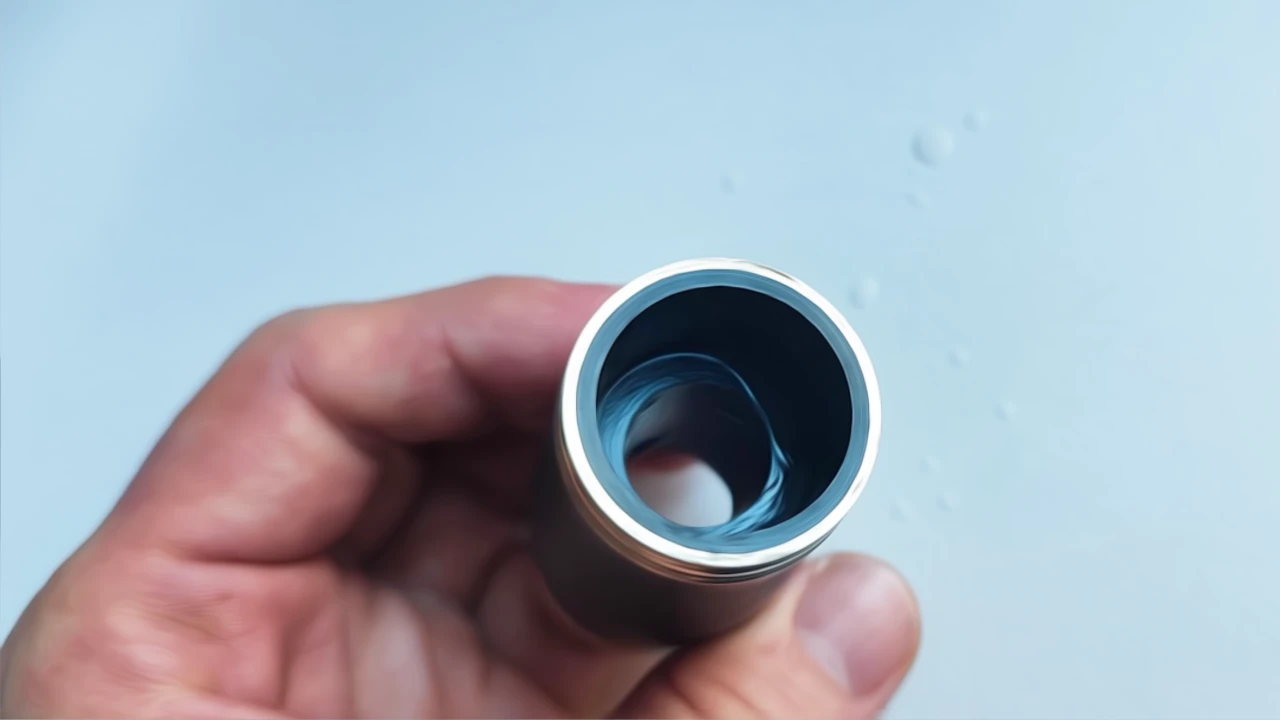
Use a separate swab for cleaning the tenons, as it can become greasy over time.
5 Wipe down the keys with a polishing cloth to protect it from tarnishing
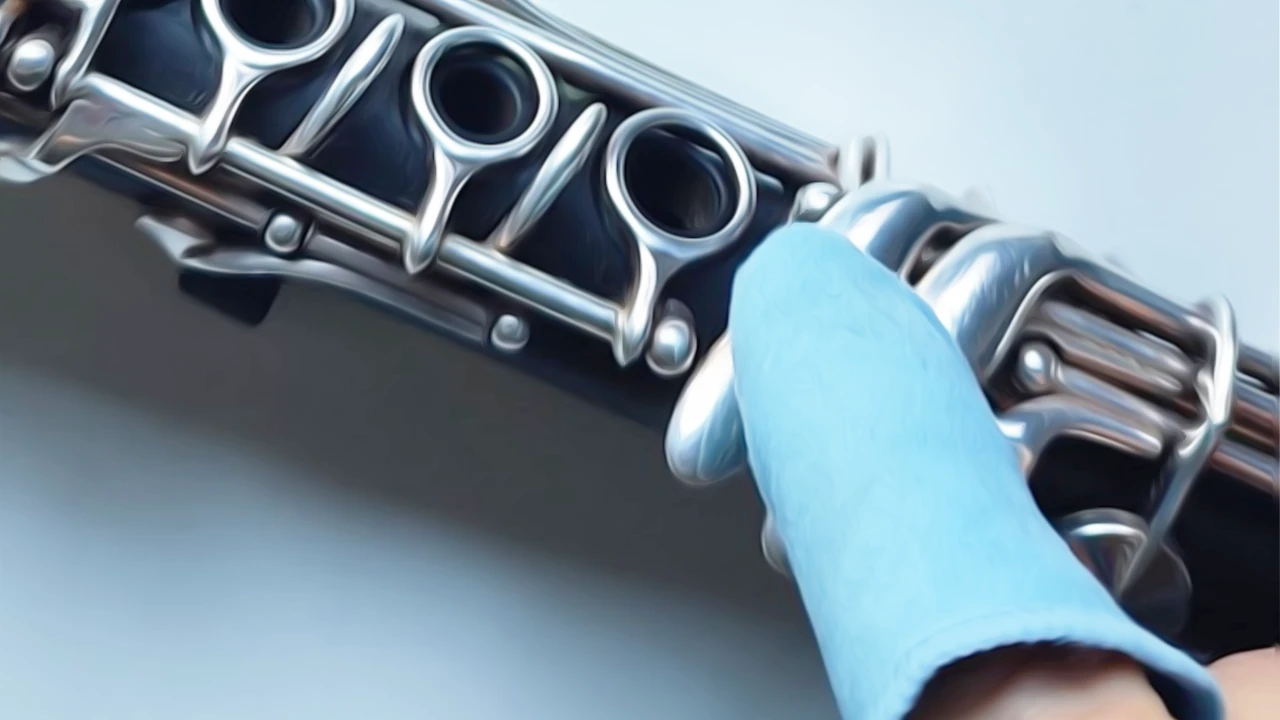
If your clarinet features silver-plated keys, it is crucial to keep the plating intact for aesthetic and functional purposes. Silver polish can be used on a cloth to gently clean the silver-plated surfaces, removing tarnish and restoring the shine. Remember to avoid using abrasive materials, as they can scratch or damage the delicate silver plating. Regular cleaning and polishing will help maintain the longevity and appearance of your instrument.
How to Take Care of the Clarinet?
Oil the Keys
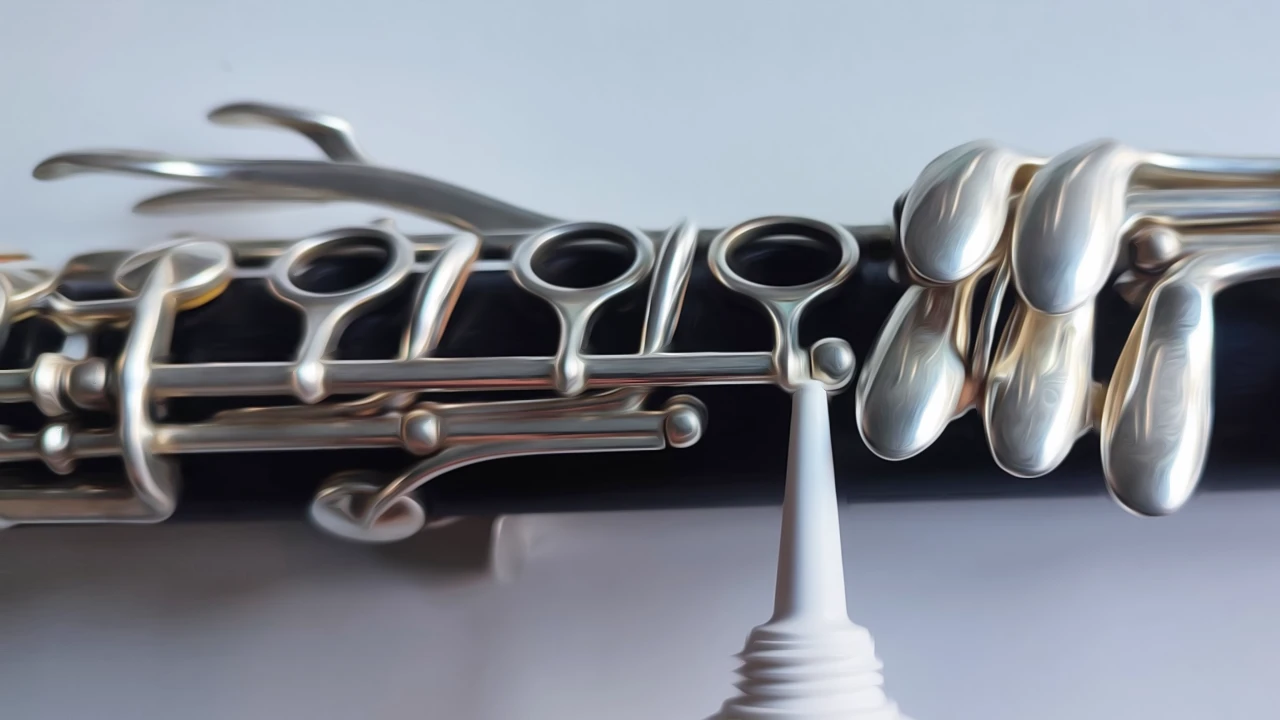
Regular oiling is essential to keep your clarinet's mechanisms functioning smoothly. Utilize a small amount of key oil specifically designed for woodwind instruments to lubricate the moving parts of the instrument, such as the keys and rods. Be cautious not to over-oil, as excessive oil can attract dust and dirt, leading to potential problems. It is recommended to oil your clarinet about twice a year.
Use Cork Grease
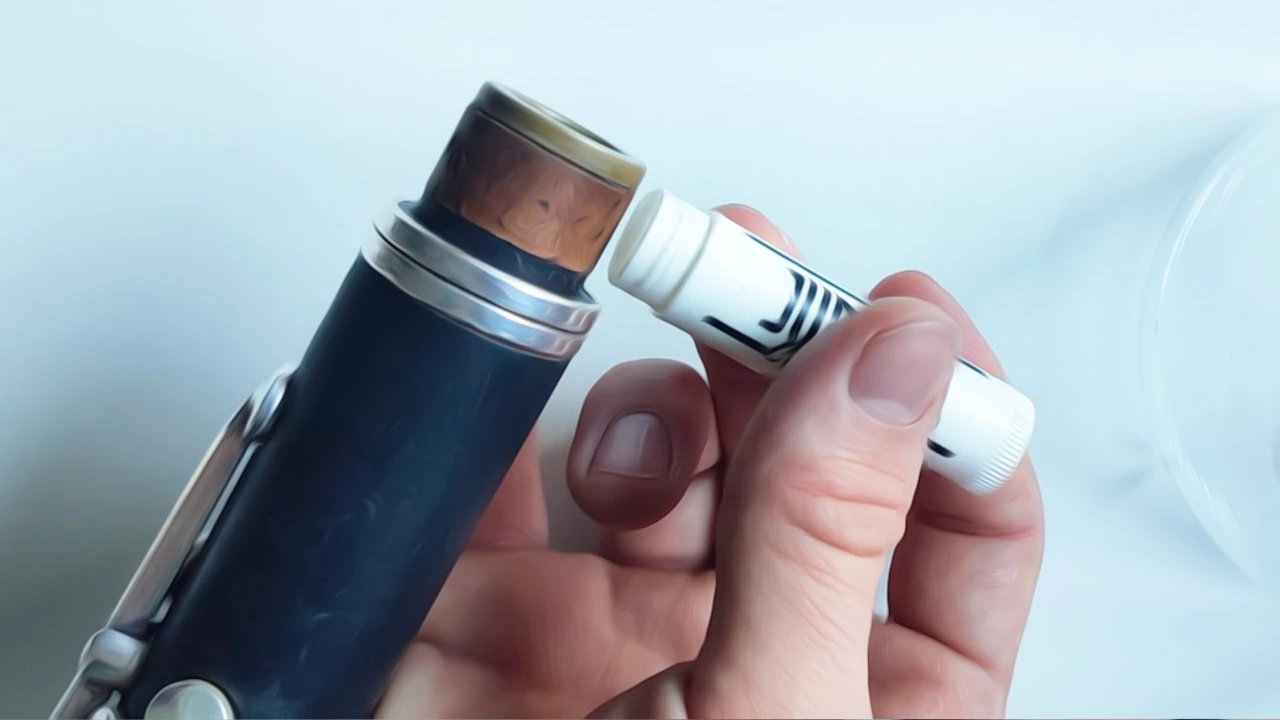
Certain mechanisms of the clarinet, such as the tenon corks and the cork joints, require grease to maintain their functionality. Use a small amount of cork grease to lubricate these areas. This will help prevent excessive friction, ensure smooth assembly, and prevent damage to the corks. It is good practice to apply grease whenever necessary, particularly when the corks become dry or it's hard to assemble. It is recommended to use grease sticks, this way the grease isn't being transferred onto the clarinet keys.
Clean the Holes
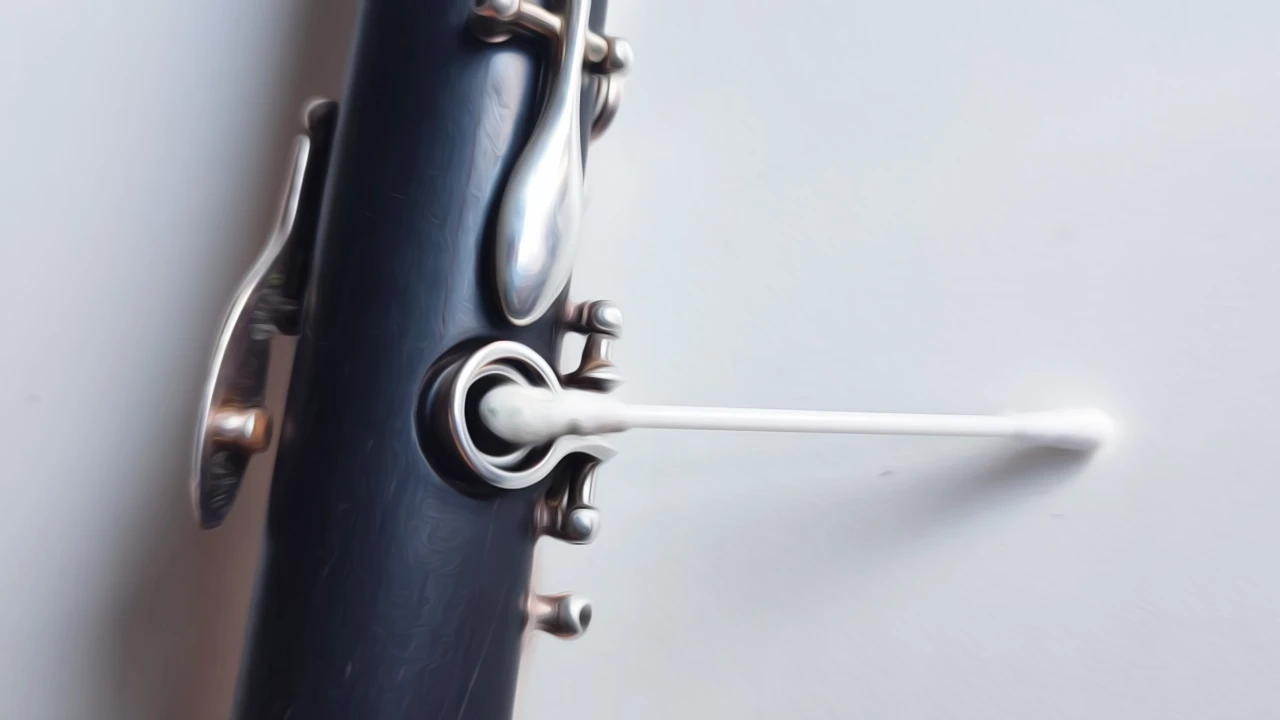
Cleaning the instrument's tone holes with an ear cleaner stick is an essential part of maintenance. These small openings can easily accumulate dirt, moisture, and residue from playing, which can negatively impact the sound quality and responsiveness of the clarinet. That's why I always make sure to use an ear cleaner stick for precise cleaning of these delicate areas.
![]() Here are a couple personal recommendations for the your maintenance. I had great experience with this tools. These are also great gift ideas if you are looking to surprise your clarinetist friends
Here are a couple personal recommendations for the your maintenance. I had great experience with this tools. These are also great gift ideas if you are looking to surprise your clarinetist friends ![]()
| Image | Product | Amazon |
|---|---|---|
  | MagicFiber Microfiber Cleaning Cloth, 6 Pack - Premium Cloth for Glasses, Lens, Screens & More | Check Price |
  | Horace Whitlock's Clock Oil 100%Synthetic Clock Oil | Check Price |
  | Vandoren CG100B Clarinet Cork Grease | Check Price |
  | Cleaning Cloth for Inside Tube Suitable for Clarinet Piccolo Flute Sax Saxophone (Blue) | Check Price |
 ![AXTH 25-in-1 Small Precision Screwdriver Set, Professional Magnetic Mini Repair Tool Kit for Phone, Computer, Watch, Laptop, Macbook, Game Console, Eyeglass, Electronic - [Bearing Steel]](https://m.media-amazon.com/images/I/41Gu3qrD6mL._SL160_.jpg) | AXTH 25-in-1 Small Precision Screwdriver Set, Professional Magnetic Mini Repair Tool Kit for Phone, Computer, Watch, Laptop, Macbook, Game Console, Eyeglass, Electronic - [Bearing Steel] | Check Price |
How to Store the Clarinet?
The temperature at which you store and play your clarinet can significantly impact its durability. Extremes in temperature, especially high heat or cold, can cause damage to the wood. It is advisable to store your clarinet in a safe place away from direct sunlight and away from heating or cooling vents. Additionally, avoid leaving your clarinet in a car trunk or any other area exposed to rapid temperature changes.
- Can I leave my clarinet on the stand?
Clarinet stands provide an excellent way to store the instrument while practicing or sitting in the orchestra. However, for longer-term storage, they may not be ideal. The corks and joints on clarinets can become stuck after an extended period. If your tenons are made of metal, it's not a significant issue, but ensure that the temperature and humidity in your room are stable.
Leaving your clarinet on the stand has the benefit of encouraging more practice. In today's fast-paced world, where we can scroll on social media in just a few seconds or say "Alexa, turn on Netflix," assembling the clarinet can seem time-consuming. You'll quickly notice that leaving your clarinet on the stand leads to more practice. It's not about laziness but rather the fact that setting up the clarinet takes longer compared to other tasks.
Professional Maintenance
While regular maintenance can be performed at home, professional care by a qualified technician is vital to ensure your clarinet remains in peak condition. Professional servicing should be conducted at least once a year. A technician will inspect, clean, and adjust the instrument, addressing any issues that you may not be able to handle yourself. Regular professional maintenance will help you catch potential problems early on and prevent major damage.
Do you like this article?
Thanks for your feedback

World’s #1
Reed Recommendation System
We believe every musician deserves a reed that matches their unique style and sound. Each reed is selected with cutting-edge AI and machine learning based on your playing feedback.
Should You Try the Benz-Tec Digital Reed Tester? I've tested it for you!
Check out the best clarinet jokes to brighten your day!
Struggling to hit the right notes? Your instrument might be the culprit! Learn how to fix intonation problems and stay in-tune.
Here are the top 7 picks of best applications to download for classical musicians. Tuners, Metronomes and more.
Buffet Crampon's latest innovation: the Prodige Pocket Clarinet. Is it really the best instrument for young clarinetists? Check out our review!
Discover the best clarinet mouthpieces! Check out our reviews and recommendations for Bb and Bass clarinet.
Learn the technique of circular breathing. Expert guide with step-by-step instructions and troubleshooting tips for continous breathing.
A groundbreaking innovation of Buffet Carmpon: Clarimate. This is our honest review about its innovative features and real-world performance. Is it for you?
Discover the role of clarinet ligatures in achieving optimal sound and control. Explore various ligature types, materials, and techniques to enhance your clarinet playing experience.
Discover the Vandoren VK1 clarinet reed, a breakthrough in synthetic reed technology. Experience stability, durability, and consistent performance.

